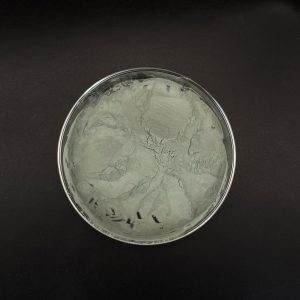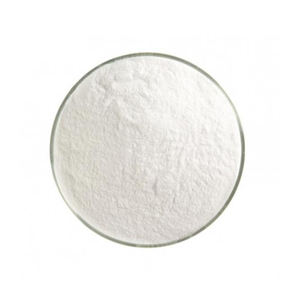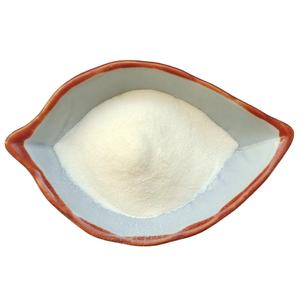Professional and high-quality metal alloys, ceramic products and concrete additives | RBOSCHCO
PRODUCT PARAMETERS
Description
Overview of Silicon Nanoparticles (Nano Si Powder)
Silicon nanoparticles, likewise referred to as Nano Si powder, describe tiny bits of silicon with measurements determined in nanometers. These bits display distinct physical and chemical residential properties because of their nanoscale dimension, making them very preferable in numerous commercial and research study applications. With their high surface and sensitivity, silicon nanoparticles discover usages in power storage space, electronic devices, and products of scientific research.
Characteristics of Silicon Nanoparticles
Little Dimension & Big Area: Silicon nanoparticles have a little bit dimension, normally varying from a number of to 10s of nanometers, bring about a considerably boosted area contrasted to mass silicon.
High Sensitivity: The high surface-to-volume proportion of nanoparticles boosts their chemical sensitivity, making them valuable in catalytic responses and various other chemical procedures.
Excellent Electrical Conductivity: Silicon nanoparticles maintain good electrical conductivity, making them suitable for use in electronic devices and components.
High Energy Density: Silicon has a high theoretical capacity for energy storage, making it a promising material for batteries and other energy storage devices.
Biocompatibility & Low Toxicity: Silicon nanoparticles are generally biocompatible and have low toxicity, making them suitable for use in biomedical applications.
Parameter table of Silicon Nanoparticles
| Silicon Nanoparticles Properties | |
| Other Names | Silicon Nanopowder, silicon nanocrystals, silicon nano-particles, nanosilicon, silicon nano-powder, nano-silicon |
| CAS No. | 7440-21-3 |
| Compound Formula | Si |
| Molecular Weight | 28.08 |
| Appearance | Yellow Brown Powder |
| Melting Point | 2900 °C |
| Boiling Point | N/A |
| Bulk Density | 1414 g/cm3 |
| Trun Density | 2330 g/cm3 |
| Solubility in H2O | N/A |
| Poisson’s Ratio | 0.064-0.28 |
| Vickers Hardness | N/A |
| Thermal Expansion | (25 °C) 2.6 µm·m-1·K-1 |
| Young’s Modulus | 51-80 GPa |
| Silicon Nanoparticles Health & Safety Information | |
| Signal Word | Warning |
| Hazard Statements | H228 |
| Flash Point | Not applicable |
| Hazard Codes | F |
| Risk Codes | 11 |
| Safety Statements | 16-33-36 |
| RTECS Number | VW0400000 |
| Transport Information | UN 1346 4.1/PG 3 |
| WGK Germany | 2 |
Application of Silicon Nanoparticles
Power Storage space: Silicon nanoparticles are utilized as anode products in lithium-ion batteries because of their high capability for saving lithium, allowing longer battery life and faster billing.
Electronic devices: Their outstanding electric conductivity and little dimension make silicon nanoparticles beneficial in the production of transistors, solar batteries, and various other digital gadgets.
Catalysis: The high sensitivity of silicon nanoparticles makes them reliable drivers in different chain reactions, such as natural synthesis and gas manufacturing.
Biomedical Applications: Silicon nanoparticles are discovered for medication distribution, imaging, and healing applications as a result of their biocompatibility and possible to target particular cells or cells.
Materials Science:They are incorporated into composites and coatings to enhance mechanical properties, durability, and optical transparency.

Energy Storage
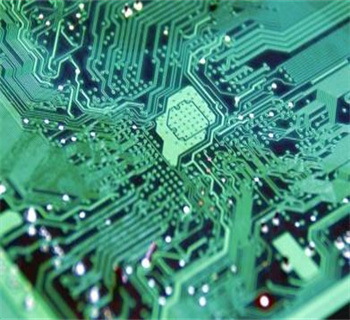
Electronics

Catalysis

Biomedical Applications
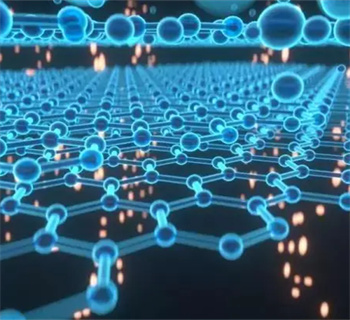
Materials Science
Production Method of Silicon Nanoparticles
Chemical Reduction Method
A silicon-containing compound, such as silicon tetrachloride (SiCl4), is dissolved in an appropriate solvent. Then, a potent reducing agent, like lithium aluminum hydride (LiAlH4), is added under controlled conditions. The reduction reaction occurs at a temperature typically between 0 – 50°C. For instance, the reaction can be represented as(SiCl4 + 4LiAlH4 →Si + 4LiCl + 4AlH3). After the reaction, the silicon nanoparticles are separated through centrifugation and washed to remove impurities.
Thermal Decomposition Method
Certain organosilicon compounds, such as silane (SiH4), are used. When heated in an inert gas environment, usually at temperatures ranging from 500 – 1000°C, silane decomposes. The decomposition reaction is (SiH4→Si + 2H2). The silicon atoms formed during decomposition nucleate and grow into nanoparticles. The rate of heating and the gas flow rate in the reaction chamber are carefully controlled to ensure the formation of uniformly -sized nanoparticles.
Laser Ablation Method
A high-power laser is focused on a silicon target in a chamber filled with an inert gas. The intense laser energy vaporizes the silicon surface. As the vaporized silicon cools in the inert gas, it condenses to form silicon nanoparticles. This process allows for precise control over particle size and shape by adjusting laser parameters like power and pulse duration.
Company Profile
RBOSCHCO is a trusted global chemical material supplier & manufacturer with over 12-year-experience in providing super high-quality chemicals and nanomaterials, including boride powder, nitride powder, graphite powder, sulfide powder, 3D printing powder, etc.
The company has a professional technical department and Quality Supervision Department, a well-equipped laboratory, and equipped with advanced testing equipment and after-sales customer service center.
If you are looking for high-quality Silicon Nanoparticles, please feel free to contact us or click on the needed products to send an inquiry.

Storage Condition of Silicon Nanoparticles
Silicon nanoparticles need to be stored carefully. Store them in airtight containers filled with nitrogen or argon to prevent oxidation. The storage environment should be dry, maintaining a relative humidity below 40%. Please keep the temperature around 10 – 25°C because extreme temperatures can impact their stability. Also, isolate them from strong oxidizing or reducing agents and acidic substances to preserve their properties and prevent unwanted chemical changes.
Payment Term
L/C, T/T, Western Union, Paypal, Credit Card etc.

Shipment Term
By sea, by air, by express, as customers request.
5 FAQs of Silicon Nanoparticles
Q1:
What are the safety concerns associated with silicon nanoparticles?
Re: Silicon nanoparticles, while generally considered safe, can pose safety concerns if not handled properly. They can be inhaled or ingested, potentially causing health issues if not used in controlled environments with proper safety measures. Additionally, their small size can allow them to enter cells and interact with cellular machinery, which needs to be carefully evaluated in biomedical applications.
Q2:
How are silicon nanoparticles produced?
Re: Silicon nanoparticles are produced using various methods such as physical vapor deposition, chemical vapor deposition, and liquid-phase synthesis. These methods involve controlling the growth conditions to achieve the desired particle size and morphology.
Q3:
What are the challenges in using silicon nanoparticles?
Re: Challenges in using silicon nanoparticles include their tendency to aggregate, which can affect their performance in applications. Additionally, their high reactivity can lead to side reactions or degradation if not stabilized properly. Furthermore, their production costs and scalability can be limiting factors in some applications.
Q4:
How do silicon nanoparticles affect the environment?
Re: Silicon nanoparticles, being made of a naturally abundant element, are generally considered environmentally friendly. However, their environmental impact depends on their use and disposal. If released into the environment, they could potentially affect aquatic organisms and ecological systems. Therefore, it is important to consider sustainable production and disposal methods.
Q5:
What are the future trends in silicon nanoparticle research?
Re: Future trends in silicon nanoparticle research include exploring their use in emerging technologies such as solid-state batteries, solar cells with higher efficiency, and next-generation electronics. Additionally, there is interest in developing more sustainable production methods and understanding the fundamental properties of silicon nanoparticles to optimize their performance in various applications
REQUEST A QUOTE
RELATED PRODUCTS

99.9% Iron Element Pure Nano Iron Powder Fe Nanoparticles Price
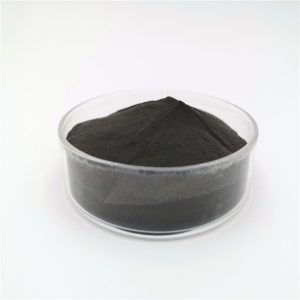
Cobalt Nanoparticles Nano Co Powder CAS 7440-48-4

Superfine Titanium Carbide Powder CAS 12070-08-5 Nano TiC Industrial Grade Material for Advanced Applications

Titanium Nanoparticles Nano Ti Powder CAS 7440-32-6

Metallic Materials Nano Zirconium Carbide ZrC Alloy Materials Zirconium Carbide with CAS 12070-14-3
